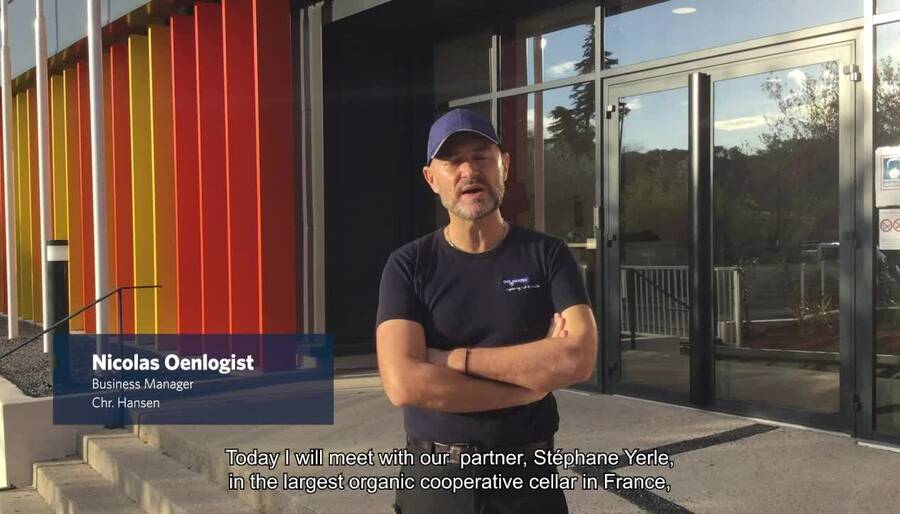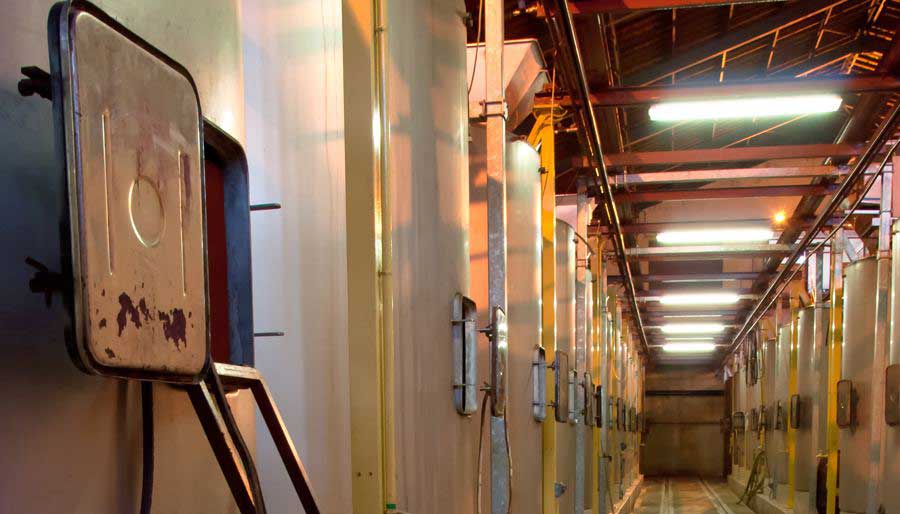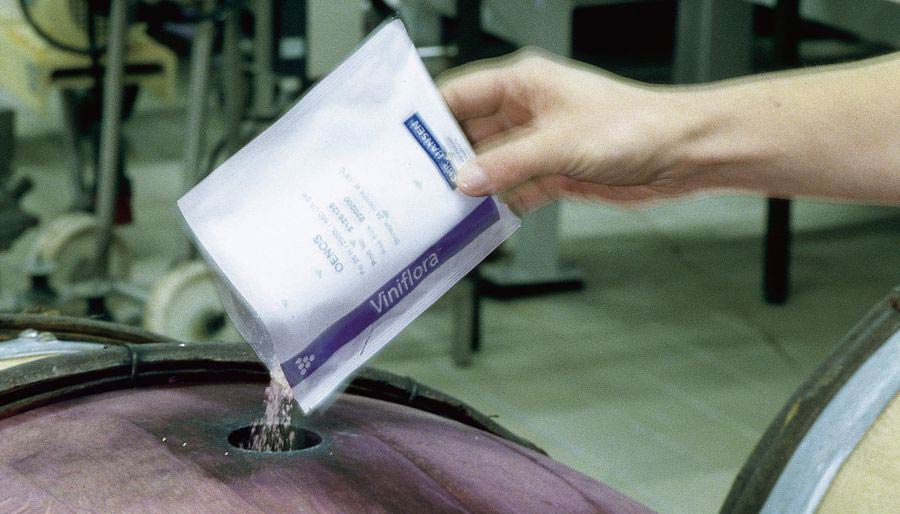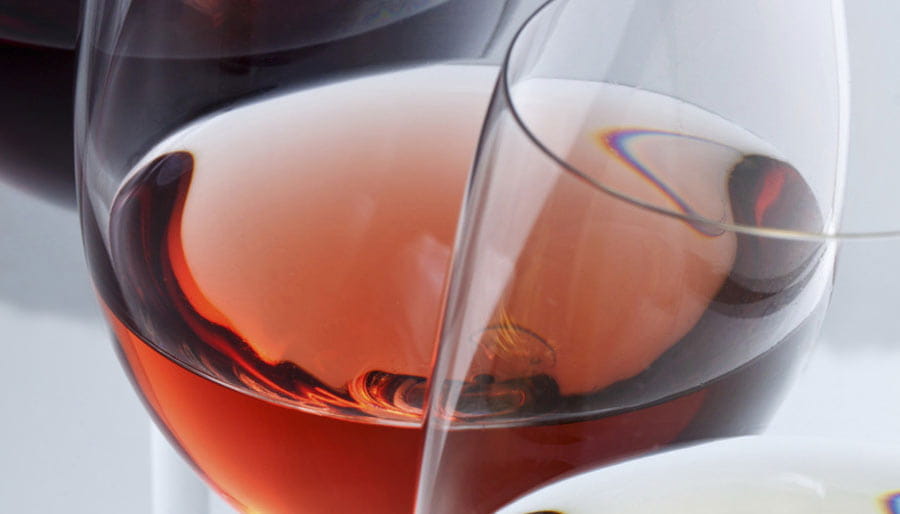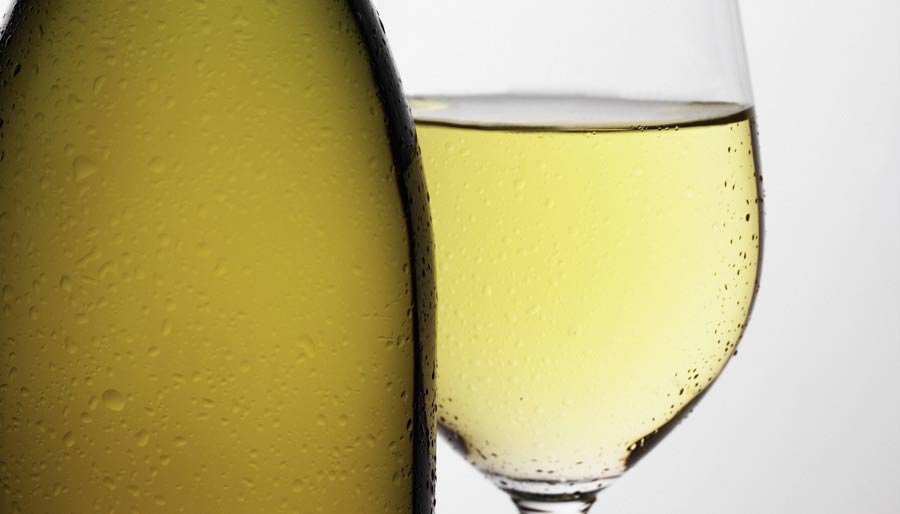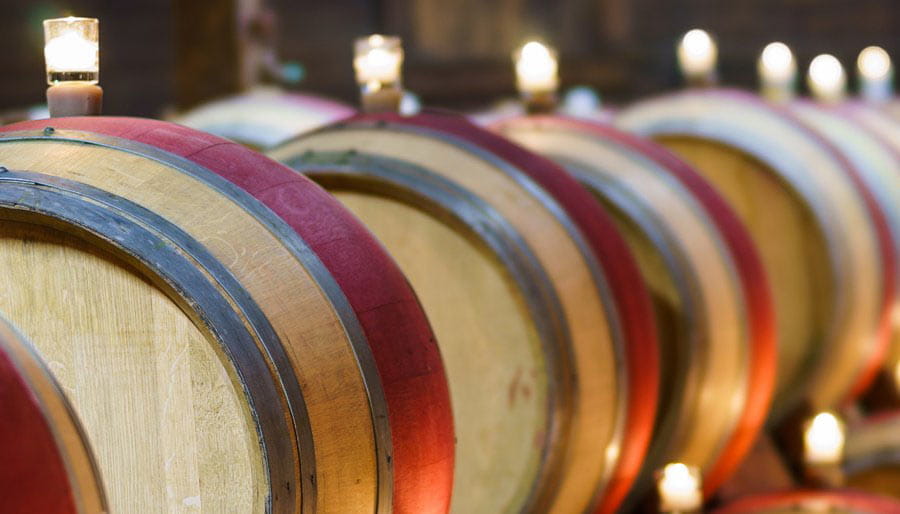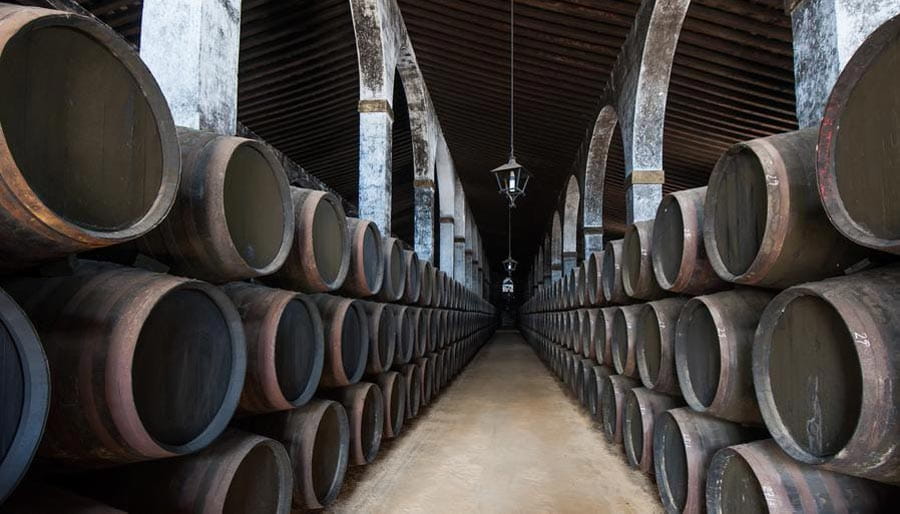With our broad knowledge regarding lactic acid bacteria and fermentation management, we have created a range of malolactic bacteria covering all types of winemaking applications and bringing to winemakers the best strains of Oenococcus oeni and Lactobacillus plantarum for their wines.
Our approach is quite simple: grapes production and alcoholic fermentations are currently well managed and controlled by viticulturists and then by winemakers. However there is a lack of focus on malolactic fermentation management, destroying an important part of the good work previously done!
The VINIFLORA® bacteria range is made up of several strains selected to cover the main needs identified through our constant dialogue with winemakers but also in assessing consumers’ current and future demands.
Sophisticated flavor profiles to reflect wines diversity
VINIFLORA® strains can help modulate the amount of diacetyl (buttery, creamy flavors) produced during malolactic fermentation, from no production (with CINE™) to the highest possible conversion rate with CH35, giving wines an additional layer of complexity.
Winemakers can also select the strain to use in relation to the final flavor profile they expect, for instance by improving fruit flavor intensity with NOVA™, CINE™, CH16 or OENOS™ 2.0 in red, rosé or white wines. This flavor intensity modulation is a natural process where selected strains of bacteria show their ability -or absence of ability- to convert some types of flavor precursors that are already present in the wine.
Efficient solutions to lower a wine’s final sulfur content and get more authentic wines
The CINE™ strain is now widely used in white and rosé wines to manage malolactic fermentation without impacting the flavor profile of the wine. Winemakers can now achieve this secondary fermentation in wines that traditionally do not go through malolactic fermentation: rosé wines or fruit-forward white wines from aromatic grape varieties: Sauvignon Blanc, Riesling or Viognier.
The primary consequence is a wine stabilized through a microbial solution instead of being stabilized by sulfites that are classically used to kill microorganisms and avoid the development of unwanted bacteria.
Highly concentrated products to maximize bio-protective effects and ensure a smooth fermentation
Chr. Hansen brings winemakers some powerful tools to control their malolactic fermentations through a range of high-quality bacteria products ready for direct inoculation: the 'DVS®' technology. The different VINIFLORA® strains are able to cover a large spectrum of wine applications: from difficult base wines for sparkling wines coming from cool or cold areas to high-alcohol wines produced in extremely hot climates. In all cases, managing MLF speed is a key success factor. In some cases, wineries seek the fastest solutions possible, and that is when CH11, OENOS™ 2.0, CH16 or NOVA™ become very good options to answer this ‘need for speed.’ In some other cases, a slowdown may be needed, making CH35 and CINE™ the ideal strains to select.
Discover how VINIFLORA® solutions can help make the wine you want and bio-protect the must, the wine and your brand with natural microbial solutions
Check Chr. Hansen’s enological bacteria status: suitable for Organic wine production in EU and USA

